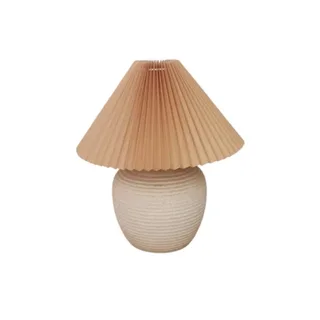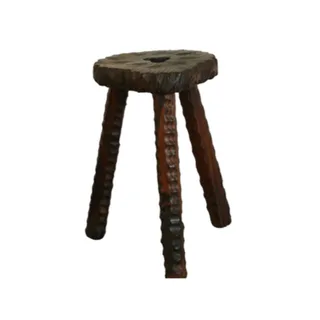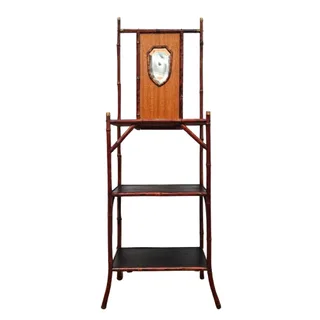If you’re a sucker for a vintage find but can’t sort the wood from the chaff or the gems from the junk? It’s a familiar feeling. You’re driving home and see a classic sideboard on the side of the road, or trawling a vintage market on your long weekend and fall in love with a generous armchair…
How do you know whether to take the plunge and invest in your new love, or simply cast a knowing eye over it and move on? We talk to Dave Beeman from iconic Sydney vintage emporium Vampt Vintage Design to learn how to look before we leap. “The advantage of hunting for pieces is that you have a 70-year range of designs to choose from,” he says. “And they have been made to last, so have already stood the test of time if they are still standing.”

1. Do your research
The number one tip to find a hidden gem among the junk is to research, research, research, says Dave. But where do you start researching? “Work out what you like,” says Dave. For some, this might mean interesting glassware, unique lamps, mid-century furniture, fine bone China, while others may seek out silver tableware, rare books, or vinyl records. Create a Pinterest board, scroll Gumtree and Facebook Marketplace and get a feel for the items you’re most drawn to. “Search Instagram and websites of your local vintage stores and see what you like, then go and try things out,” says Dave.
Feel like you’ve read as much as you can get your hands on? “Then it’s time to seek help from a professional,” says Dave. Vintage specialists like Dave can usually source whatever it is you’re looking for and estimate its value before you invest time and energy in a lengthy search.
Bazaa, a newly launched online vintage store brings together the expertise of a community of sellers and treasure hunters who contribute to the site’s impressive, curated inventory. Aria Wigneswaran, Bazaa’s co-founder says the site is designed to make shopping for vintage treasures simpler. “We understand the challenges of hunting for vintage and antique homewares – the time, energy and risk of scams. We’re here to shake up the game,” she says.
For more information, visit the Bazaa website.
Prefer to shop online?
Vintage treasures to shop now
2. Narrow your search
Once you start searching for vintage treasure, it can be hard to stop – it’s like an addiction! Dave says there’s no need to collect anything and everything, but instead recommends stopping to ask yourself the following three questions to narrow down your search for hidden treasure.

Where will you put it?
“The most important thing to consider is we all have limited space and we don’t want to fill it with just anything,” says Dave. Consider not just the available space in your home, but whether a piece of furniture suits the style of your home and whether it fits in with your existing decor.
Do you love it?
Don’t take an item home just because it’s there. Instead, think about how the item makes you feel, whether you really admire it and whether you can see yourself enjoying that item for years to come (regardless of current or future trends). “Find something you love and invest in it,” says Dave. “You never regret buying something you love and get to enjoy in everyday life.”
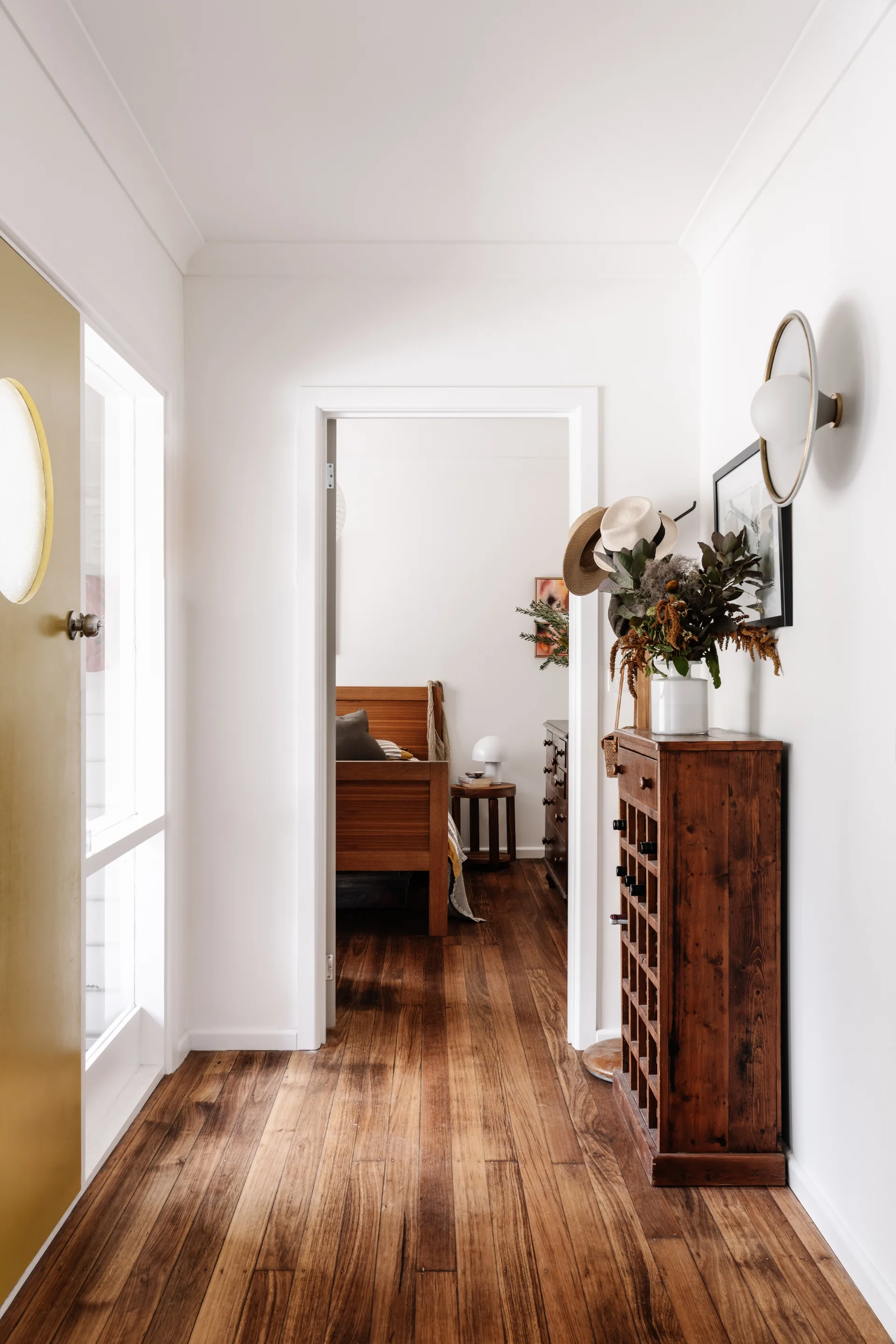
Does it need some TLC?
It’s all well-and-good to pick up a curbside find and think ‘It’s a bit weathered but I can always sand it back and paint it later’ but if you don’t have the time, energy or budget to restore an item to its former glory, it may be a sign to keep on walking. “Upholstery and restoration are, at times, quite costly to do, so if it’s not a piece you need or want to invest time, effort and money into then maybe take it to auction and see what you get for your effort,” says Dave.
If you’re a keen furniture upcycler, always search out pieces that are in fairly good condition. “A roadside find is only worth grabbing if it’s something worth restoring,” says Dave. “Condition is a big factor – if it’s waterlogged, it’s probably finished.”
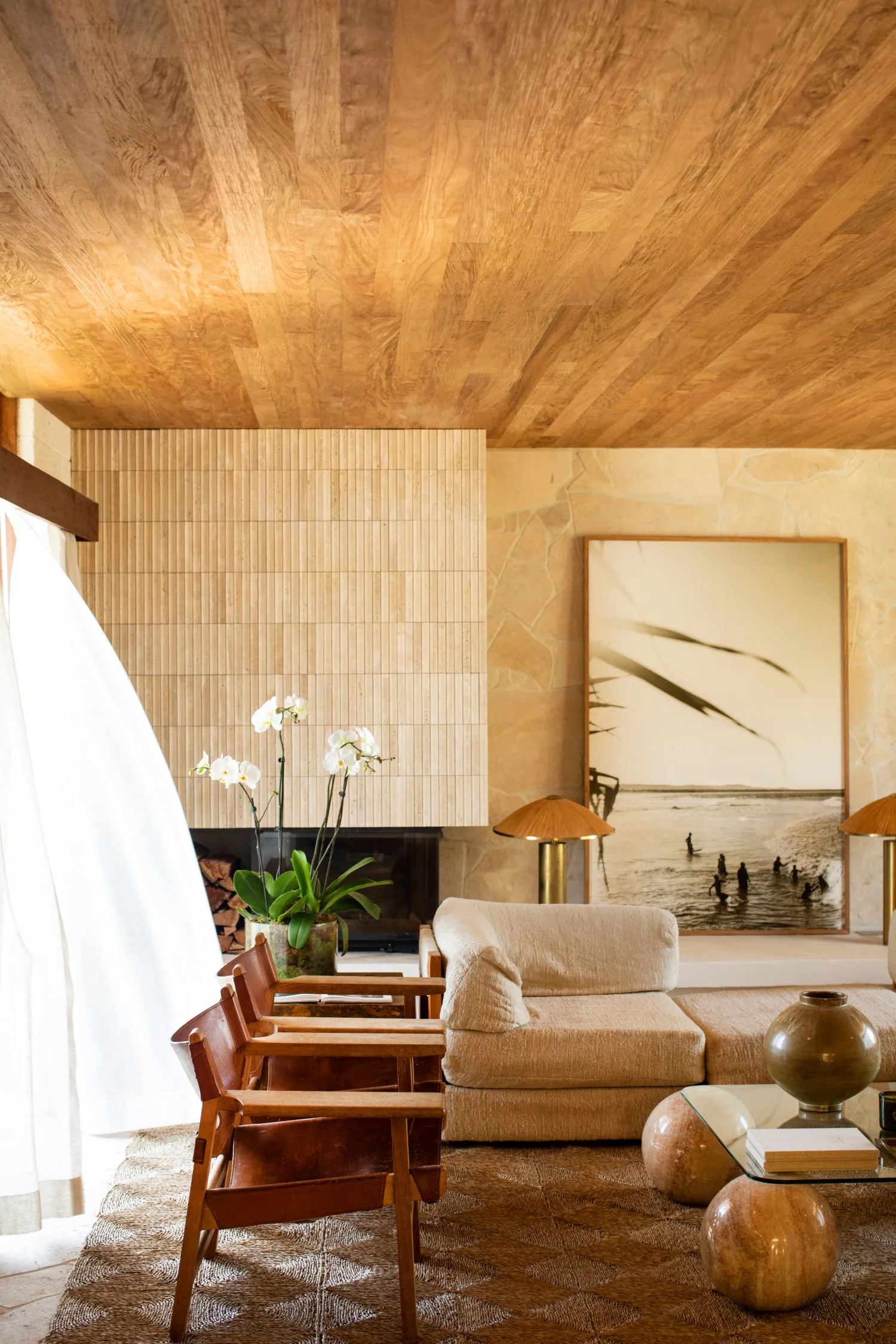
3. Search for signs of quality
There’s a big difference between buying a vintage sideboard because you love it and buying a vintage sideboard because you think it might be valuable someday. The difference, in many cases, is the overall condition, the design, the craftsmanship and the quality of materials used to make the object. “After 17 years we still see things we have never seen that blow our mind,” says Dave. “Quality of the materials and joinery is probably the best thing to seek.”
Another way to work out whether an item is valuable is to examine the object closely. “If it’s a recognisable shape, has a maker’s stamp of some sort, is well made and solid wood (like mid-century teak) or is in good enough condition to be cleaned up and ready to use – then it’s happy days!” says Dave.
 Photography: Louise Roche / Styling: Kylie Jackes
Photography: Louise Roche / Styling: Kylie Jackes












